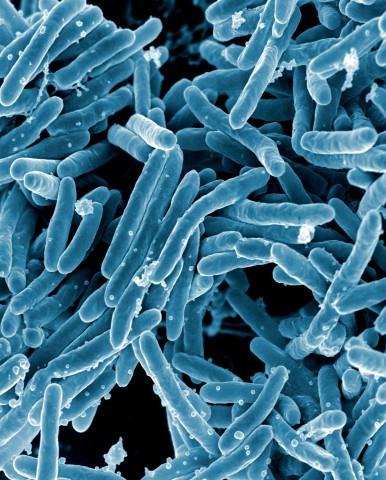
A study on the preprint server bioRxiv details the deaths of 10 of 15 bush dogs from H5N1 highly pathogenic avian influenza A virus (HPAIV) at a UK zoo in November 2022, with consumption of contaminated meat the most likely source of infection.
Researchers from the Animal and Plant Health Agency in England analyzed the clinical records and tissues of the 10 animals, 4 of which were found dead and 6 that were euthanized.
The bush dogs died over 9 days, with some showing signs of neurologic illness. Bush dogs are a near-threatened species of wild dogs found in Central and South America. The study has not yet been peer-reviewed.
Caution urged in feeding wild birds to captive carnivores
Genomic analyses revealed the cause of death as clade 2.3.4.4b H5N1 HPAIV, and histopathologic findings revealed severe acute systemic infection characterized by inflamed blood vessels and tissue death and inflammation in the liver, brain, lung, and adrenal glands.
As well as impacting upon commercial and wild avian species, the virus has also infected mammalian species more than ever observed previously.
In the absence of evidence of other routes of exposure, the source of infection is thought to be frozen shot wild birds or game fed to the bush dogs, although the animals could have eaten sick wild birds that landed in their enclosure, the authors said.
"Clearly the feeding of wild shot birds to captive carnivores whilst infection pressure is high in wild birds should be discouraged in line with similar recommendations given to keepers of birds of prey, or in alternative, a rigorous risk assessment should be carried out before any carcass is fed to any of these animals," they wrote.
The authors noted that Europe has experienced unusual outbreaks of H5N1 since fall 2021, including several mass-casualty events in farmed and wild animals such as marine mammals. People have also been affected, although human-to-human transmission hasn't been demonstrated.
"As well as impacting upon commercial and wild avian species, the virus has also infected mammalian species more than ever observed previously," they wrote.
.jpg)













